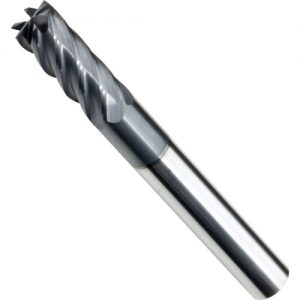It should be noted that some button cutter users have problems inserting motions in the pocket of the cutting tool, or when the insertion is worn down. In both cases, the tool pressure increases and the insertion clamping effectiveness is affected. The cutter should include design features that enhance the tool integrity of these applications. For example, some cutters use spiral inserts with extra top clamps. These knives provide a dual clamping security for each insert.
Another important feature is the locking of the insertion location. Many button cutters use cheap die casting inserts, rounded edges, and do not provide radial locking for insertion. Cutting to the cutting force on such an insert may cause the insertion screw to lose torque. A more rigorous copying machine solves this problem, with the inserted side of the surface locked on the surface, with matching units on the knife body pairing, almost no chance to move.
Finally, look for tools that provide the most support, especially if the high feed rate is the target. Using negative axial rake (will insert tip down onto the workpiece) of copying milling cutter can make good use of the parameters of the conservative, but more aggressive in metal cutting process was not able to make good use of. Inherent in design is the lack of support for the force, which is at the top of the line. (see figure 2). The copying milling cutter with a positive axis rake provides a better cutting edge support because the hard alloy at the back of the cutting blade is closer to cutting. Positioning the carbide in this way allows the end user to absorb the high compression force using the carbide’s ability.
But in this case, it’s important to keep the tool stiffness. The holder of the long tail milling cutter or the holder of the shell mill is highly recommended.
